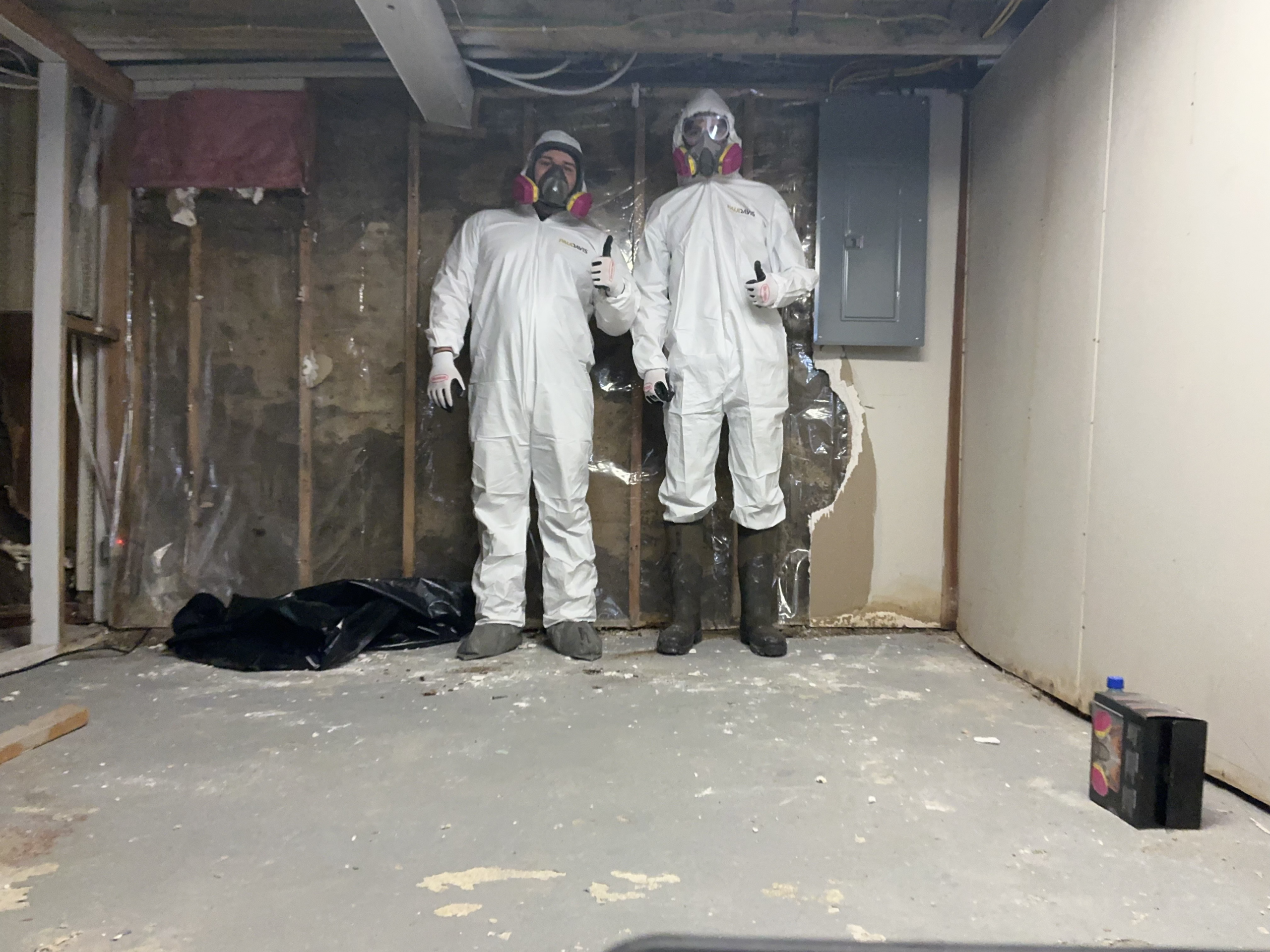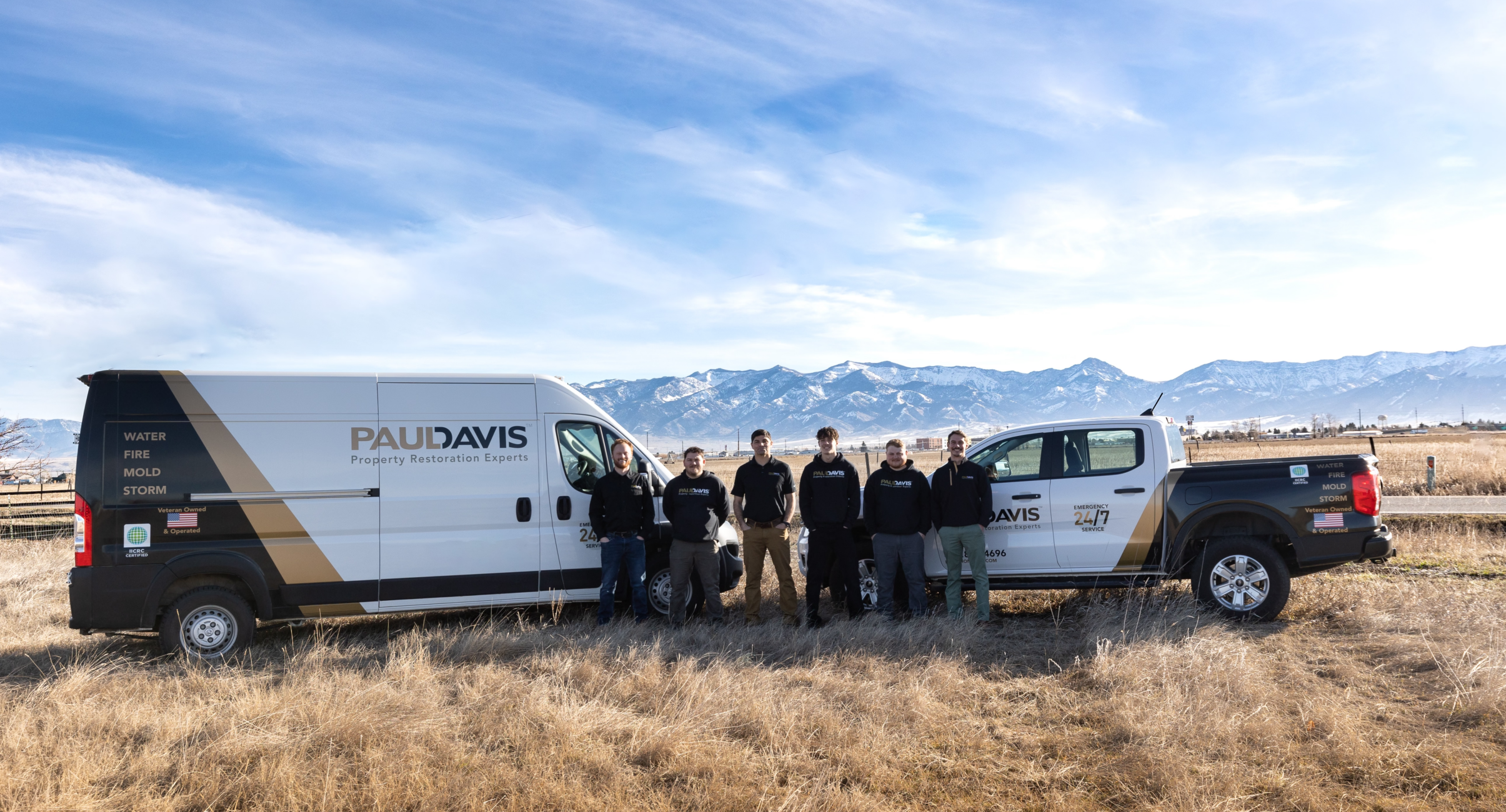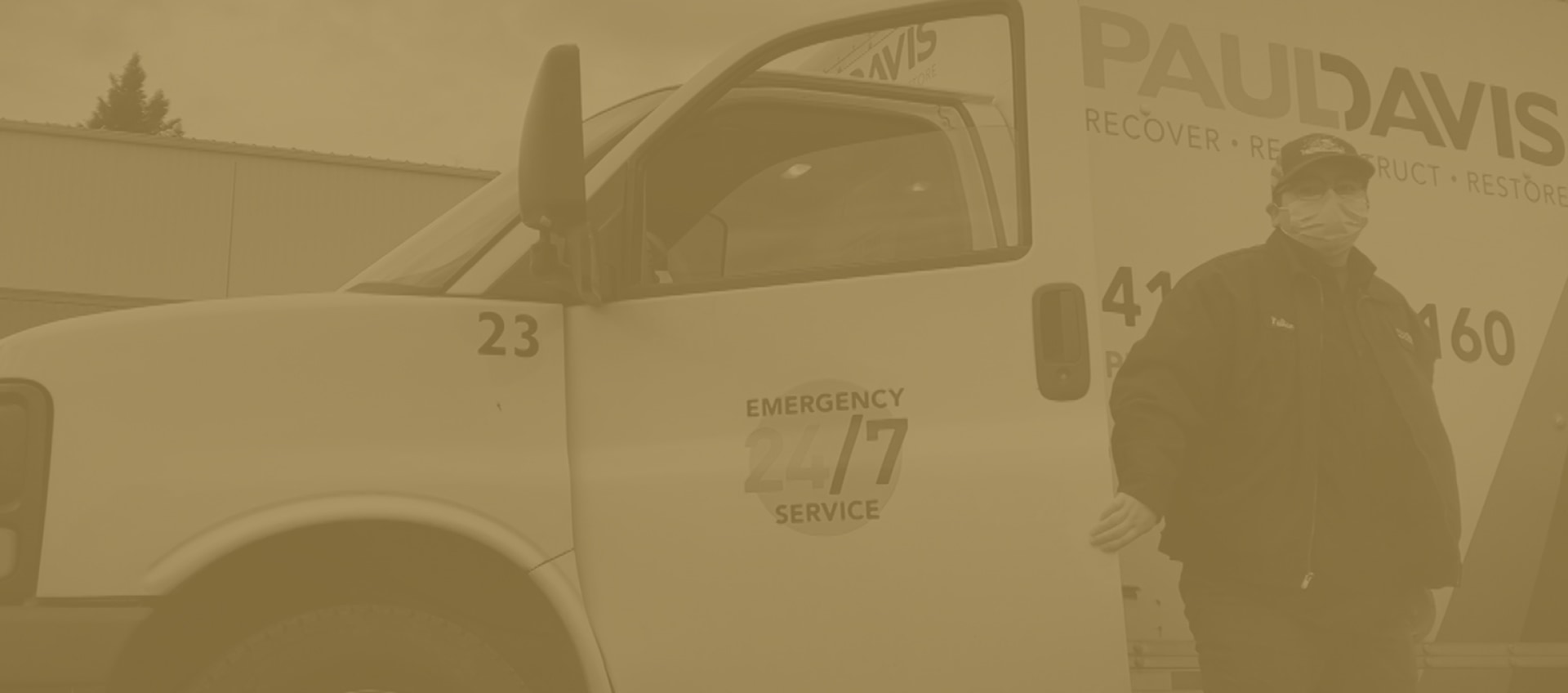When people think of fire damage in a home, they usually think of everything from smoke stains and charred furniture to burned out windows and, at worst, nothing but a chimney remaining. To most Montanans’ surprise, there’s usually a lot of restoration work from water damage when your property has fire damage. 
Water Damage Usually Accompanies Fire Damage
In fact, the water damage can be just as devastating as the fire itself (or even worse).
You Don’t Fight Fire with Fire (Water is very Effective)
This does really make sense when you think about it. Home and business owners may use a fire extinguisher for small fires, but usually you need to use water—lots of it—to extinguish a fire at a home or business. While a single fire hose can release hundreds of gallons of water per minute, even a garden hose will leave lots of standing water in the process of putting out a blaze. That water used to put out the blaze doesn’t just evaporate—it soaks into your home or business. Homes have no shortage of things that absorb the water too, like carpets, furniture, curtains, and floors.
Even if a fire is contained to only part of a house, water tends to spread quickly and often affects areas that weren’t touched by the flames. While most Montana homes don’t have basements, some do, and we all know that water follows gravity. Even without basements, water gets into floorboards, drywall, and crawl spaces. If left unremediated, your fire damage can quickly turn into mold damage as well.
Sprinkler Systems: Effective, but a Double-Edged Sword
Most homes don’t have sprinklers, but businesses often do (and should). Sprinkler systems are very effective at preventing fires from spreading and limiting the damage. However, any successful sprinkler will leave your property wet. In fact, we often see water damage from very small fires that wouldn’t have done much damage anyways.
Sprinklers activate at the first sign of high heat or smoke, usually before firefighters arrive and sometimes when it’s not a serious fire that would even threaten your property. Even if the fire wouldn’t do much damage on its own, the sprinkler will soak your property and create a mess–one that needs to be addressed before it gets worse and turns into a mold problem that needs to be remediated.
While a sprinkler system is very effective at containing a blaze and minimizing the damage, it may still release dozens or hundreds of gallons of water, especially if multiple heads are activated.
Structural Damage from Fires Often Creates Water Intrusion
Fires can really compromise the structural integrity of a home or business. When flames burn through roofs or walls, it creates openings that can allow rainwater or even snow to enter the home. We all know how sudden and extreme Montana’s weather can be. Even if the fire does not occur during a storm, Montana storms hit suddenly and can be severe, often bringing in water before tarping/boarding is finished and repairs can be made. In these cases, the water damage may not happen during the fire but can arise in the hours or days afterward. This is why it’s critical to tarp/board exposed areas and make repairs as soon as possible. Some homeowners think they can do this themselves, but given the severe downside risk, it really is important to leave this to the professionals. This is even more so when you consider possible implications from your insurance company.
The Real (and Often Hidden) Threat: Mold and Mildew
Property owners are relieved once a fire has been extinguished, but they often forget that the water used to extinguish the fire doesn’t disappear. It can soak into furniture, floors, drywall, crawlspaces and other areas of a property–areas often out of sight.
It’s critical to address standing water and flooded areas as soon as possible. They won’t dry out on their own and the extent of the damage can get much worse, often quickly and increasingly more expensive.
Moisture lingers and gets trapped in drywall, ceilings, insulation, subfloors, wood framing, and crawlspaces. It’s shocking how quickly this can become a problem. If not dried properly, mold and mildew can start growing within 24–48 hours. That turns a fire restoration project into a full-blown mold remediation project.
So professional fire damage restoration usually includes water mitigation and restoration as well—drying, dehumidifying, and treating affected areas to prevent mold. The sooner this is addressed, the less costly the remediation will be. Even if a fire was contained to one area of a home, mold could be widespread and costly to remediate. It’s important to bring in professional water damage and restoration experts.
How Restoration Experts Help
Restoration experts like Paul Davis see these situations every week in Southwest Montana–from Bozeman to Big Sky, Helena and throughout the Gallatin and Madison River Valleys. We’ve seen it all. We’re focused on both the short term priorities while minimizing the long term damage (and disruption) to your home or business. Our Bozeman-based restoration experts are certified and thoroughly trained in fire and water damage cleanup and restoration methods. You might miss something, but we’re a veteran-owned and operated business: we won’t.
How We Prevent Mold After Fire Damage
- We tarp or board openings in the structure
- We assess visible and possibly hidden areas of water damage that could become mold problems. Our experts will identify hidden moisture pockets
- We remove standing water and dry affected areas using industrial pumps and dehumidifiers. Note: we have quality equipment and will make sure we’re using the right equipment for the job. Often homeowners don’t have equipment that’s powerful enough to fully eliminate the moisture. That’s not a problem for our property restoration experts.
- We sanitize affected areas to prevent mold, mildew and odor buildup.
- We remediate smoke damage, from eliminating odors to removing any soot or carbon marks.
- We will do any reconstruction and make necessary repairs.
- Oh, and don’t forget that we’ll help you navigate the insurance process and minimize disruptions to your life or business.
We’re a veteran-owned and operated business, so you know we can respond quickly and work under even the toughest of conditions.
Time is of the essence and your wallet will thank you. Prompt and professional cleanup conducted by trained experts can often mean the difference between saving your home and facing long-term issues like rot, mold, or structural instability.






